Mary Richardson and the Rokeby Venus – ‘Venus in View’: BBC radio 4 March 13, 2014
I have recently been interviewed for a radio 4 programme on the centenary of the slashing of the Velasquez painting ‘The toilet of Venus’ , known as the Rokeby Venus, in London’s National Gallery.
The perpetrator was suffragette Mary Richardson who attacked the controversial painting to gain publicity for the plight of Emmeline Pankhurst, the leader of the WSPU, who was imprisoned and on hunger strike in Holloway prison, saying, ‘You can get another picture but you cannot get a life, as they are killing Mrs Pankhurst’ (The Times, 11 March 1914). For Mary Richardson, the most beautiful woman in art was of little significance compared with the life of Mrs Pankhurst, ‘the most beautiful character in modern history’. This action both secured her fame and eighteen months with hard labour. It also led to many museums closing their doors to unaccompanied women although other galleries including the National Portrait Gallery and the Birmingham Art Gallery would have paintings slashed by other suffrage feminists.
Although,as I have discussed elsewhere, Mary Richardson has received some public attention more for her repeated hunger strikes than her membership of the British Union of Fascists, she is yet to receive a plaque on the site of her death in Hastings in 1961.
Muriel Matters Porter, the suffrage feminist and educationalist, who famously flew in an airship over the Thames, distributing leaflets over the Houses of Parliament, also lived in Hastings. Muriel had lived there from 1924 until her death in 1969, standing unsuccessfully as a Labour MP in the town in 1924. The plaque on her home in Pelham Crescent near the newly restored arts centre, St Mary in the Castle, is somewhat esoteric. Muriel Matters and Helen Fox had chained themselves to the grill of the Ladies Gallery of the House of Commons in 1908 and thus ‘spoke’ some 20 years before all women received the vote.
The radio programme will be broadcast at 11.30 am on radio 4 on Thursday March 13th and can then be heard via the radio 4 website.

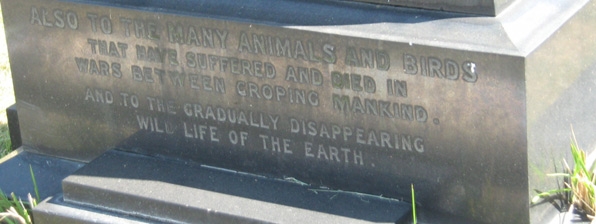
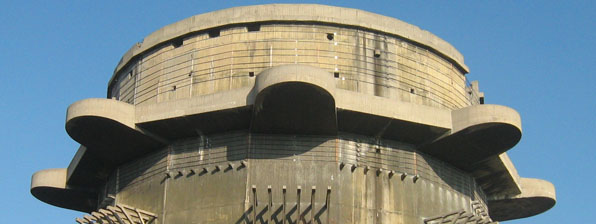






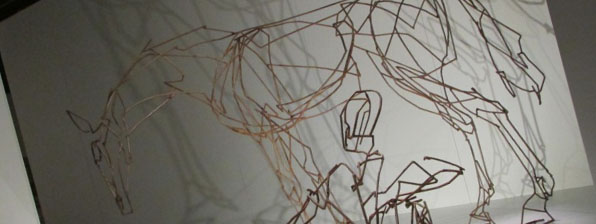














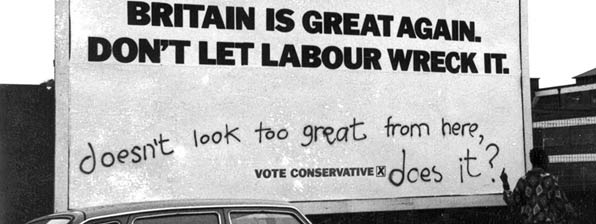




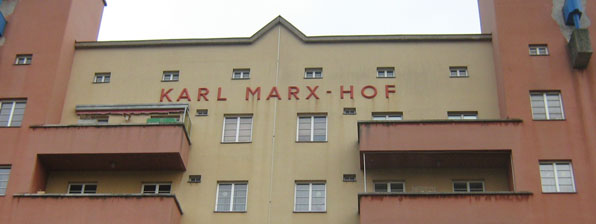



































I have just listed to this programme via the Radio 4 website and enjoyed it very much. Your comments on how Mary Richardson chose to focus on her time with the suffrage campaign in her autobiography rather than her earlier life or her involvement with campaigns for the Independent Labour Party or Fascism were of particular interest around constructing history. Also the contrasts between ‘official’ and personal versions of history. Congratulations on the clear and informative sound bites.
Hi,
I’d be grateful for your help.
I am working on a book with Bruce Copp, who rented a flat in Hattie Hattie Jacques’ house in Earls Court from 1946-1953. A Mrs Richardson-Rice lived in the basement of the house and according to Bruce she was the sister of a very famous suffragette, who was also a friend of Emmeline Pankhurst. Bruce has told me that on the death of her sister he had some contact with this celebrated suffragette. I am wondering if this could have been the Mary Richardson. Although Bruce is 94 his memory is pretty good and is usually correct in thrse matters. I reaise this is along shot but if you could throw any light on this I’d be very grateful. (I have discovered that there were three suffragette sisters called Rice and wondered – maybe fancifully – if Mrs Richardson-Rice married their brother . .
Thanks
Andy Merriman
Hi Andy I would love this story to be true: the slasher of the Rokeby Venus meets Hattie Jacques. Sadly I don’t think it is. In her – admittedly unreliable – autobiography Laugh a Defiance Mary portrays herself as a loner and does not mention siblings. You might have a look in Elizabeth Crawford’s useful gazetteer of suffrage: The Women’s Suffrage Movement. A Reference Guide 1866 – 1928.Do keep me posted if you get further on this line of enquiry. Good luck!